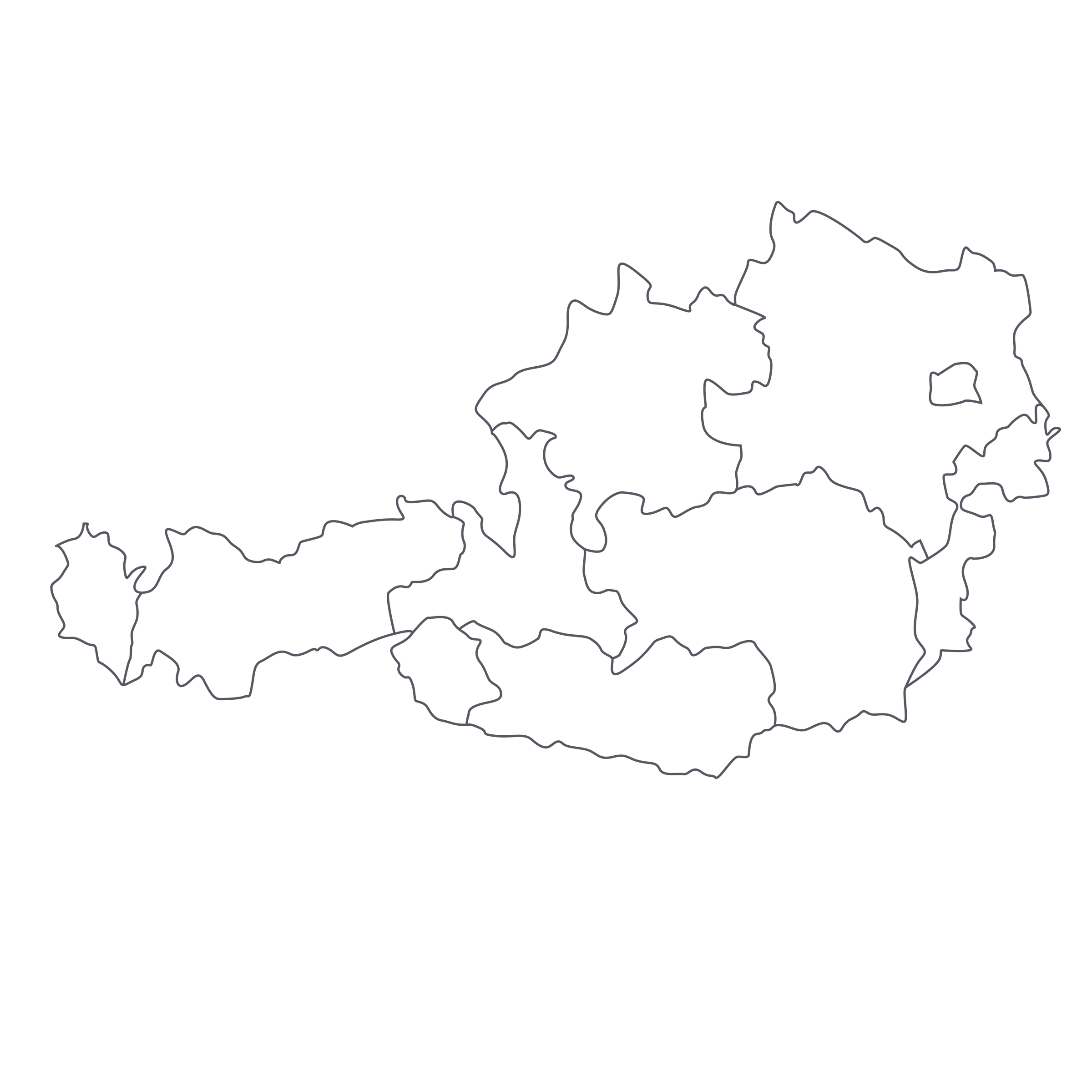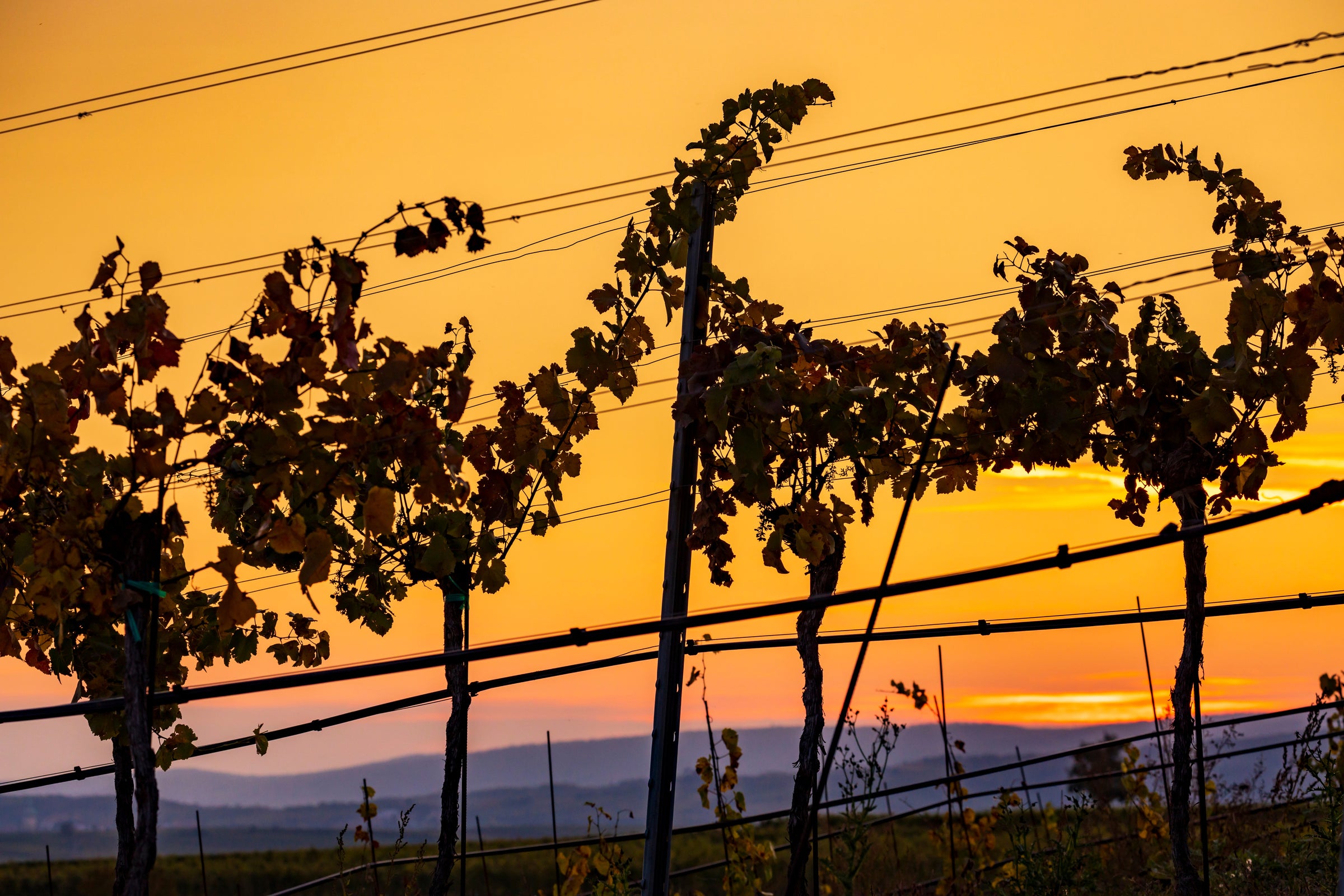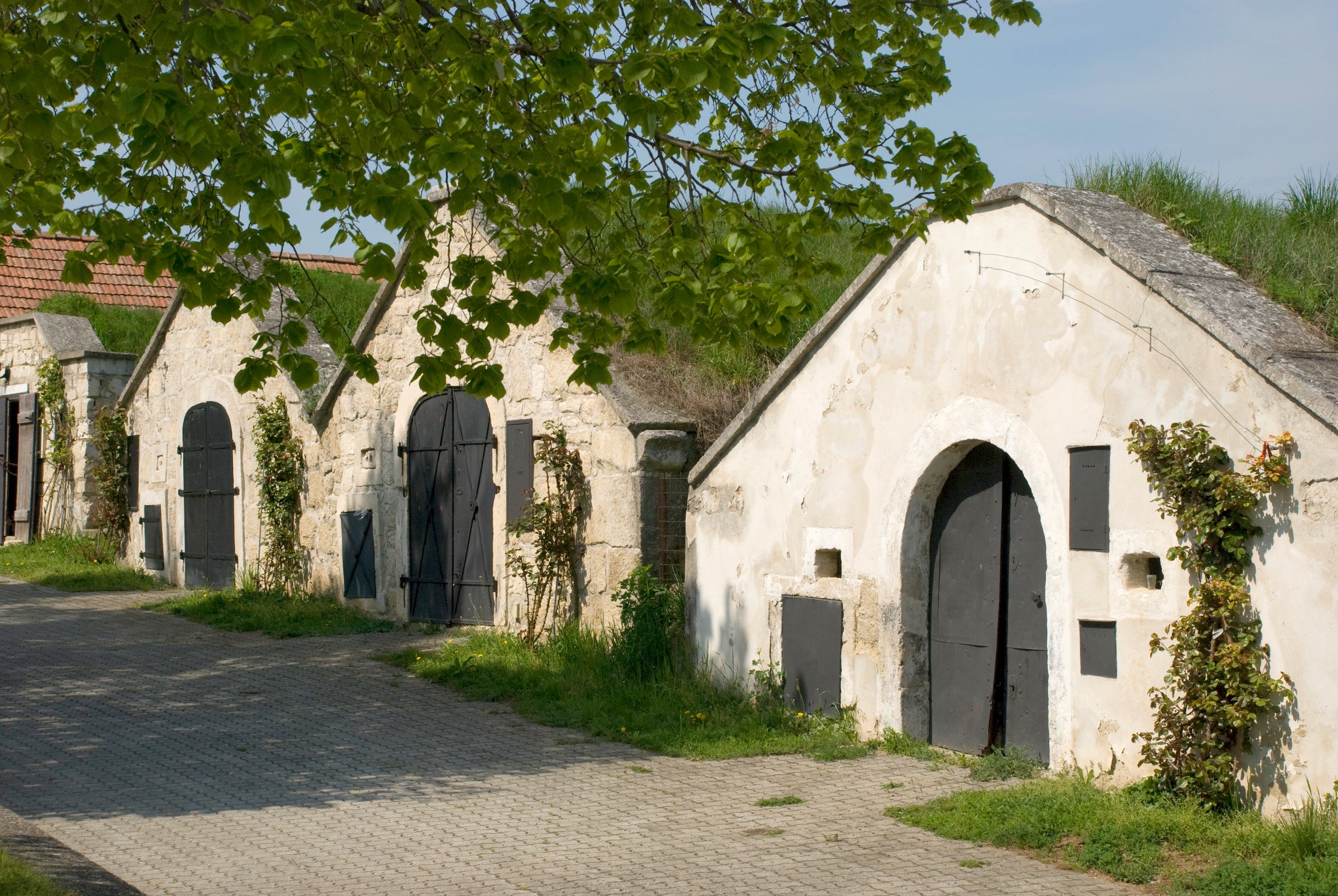Whenever I sit down to taste, I typically have a working knowledge of the wine at hand and with my enduring love for Austrian whites—especially those coming from Wachau—I pride myself on knowing burgeoning producers. That in mind, I had never seen or heard of Weingut Johann Bäuerl, and for good reason: From start to finish, this is largely a one-man operation and only one boutique distributor imports them into the United States.
But make no mistake about his obscurity—this is a name you have to know. With nearly no information available about his wines, I sat with the importer and he told me in detail about his first encounter with mystery man Johann Bäuerl—that story is below. Before jumping into that, however, let’s first talk about what this bottle of wine delivers: This is incredibly classy and fresh Riesling with beautiful precision. Delicate fruits and intricate floral components shoot out of the glass and the palate provides one of the most tantalizing, mouthwatering experiences that a sub-$25 wine can bring. Ultimately, it’s a wine all about purity and flat-out enjoyability. Let Bäuerl be the stunning dry white value you brag about for months to come. It certainly will be for us.
“We endlessly roam, like truffle hogs, to bring you hidden gems from the Wachau.” These are words from my importer friend, Kelly Stockton, and in colorful detail below, he recounts his first experience with Johann Bäuerl:
So there I was, walking parallel to the Danube. Couldn’t have been more lost. Part of me was beginning to think this place didn’t exist. My map app was kaput and I didn’t know whether to be looking for a grandiose winery or a thatched hut. I was only equipped with an address and a pair of shoes as I walked away from the tiny town center of Joching. The slow-flowing Danube to my right, a tangled sea of vines to my left. The road was narrow—not even wide enough for two cars—and a passing Kastenwagen nearly bullied me off. I was close to throwing in the towel, but I marched onward a few hundred yards and stumbled upon a wooden sign that led me to an unassuming rural home. I rapped the door. A jocund motherly figure emerged and I exhausted my working knowledge of German with: “Hallo, wo ist Johann Bäuerl?” She gestured me inside with a grin wider than the Danube and led me through a kitchen. We exited into the backyard and entered what can only be described a small structure…
And there he was, tinkering with wine equipment. I’ll never forget shaking Johann’s gnarled hand. It felt like grabbing raw leather or a sturdy piece of petrified wood—a hand that could only come from a lifetime of manual labor. His English was rudimentary at best, but no words were needed to confirm that he was a true-blue farmer. Though communication was mostly through gesticulations, I felt as if I learned more in a day than what two native speakers could in a week. From vineyard to bottling, excluding harvest or a task that physically requires more than one body, Johann does everything himself. A literal one-man show. After tasting through his wonderful range, sharing a meal, and going our separate ways, I realized I had never asked about the wines’ technical notes. But, for once, it didn’t seem to matter. Johann’s life, his world, is bottling wines of pure elegance and expression. He has no other agenda, and for those who cherish wine, that’s ultimately what it’s all about.
Johann owns a handful of tiny neighboring plots around his homestead and today’s Riesling comes from the aptly-named “Ritzling” vineyard, which has been documented as far back as 1236! Johann farms (solo) according to the sustainability parameters outlined by the Wachau’s unique producers’ association, Vinea Wachau, which also created the well-known designations “Steinfeder,” “Federspiel,” and “Smaragd” to classify wines. Today’s bottle is a “Federspiel,” which, by definition, is a slightly richer, riper wine that reaches between 11.5% and 12.5% alcohol by volume.
In the glass, Bäuerl’s 2016 Federspiel exhibits a pale straw core with bright green and blinding silver reflections leading out to the rim. The nose delivers in layers: first with candied lime, creamy white peach, lemon blossoms, fresh white flowers, and acacia, followed by tangerine zest, crushed rock, honeydew, and the slightest touch of petrol. The palate is medium-bodied and dry all the way through. There is noticeable weight that comes with a nice mouth-coating presence—essentially rounded, yet racy, with supreme freshness. Though this is dry with elevated acid, it isn’t bone-dry with searing acid; everything is perfectly integrated. Expect all ripe fruit, a mineral-heavy presence, and just a pure expression of Wachau Riesling. It’s impossible not to drink this now, so enjoy in all-purpose white or Riesling stems around 50-55 degrees. Pair with the attached linguine and clam dish or a simple preparation of
sorrel soup (perhaps both!) and you won’t soon forget the experience. Enjoy!






